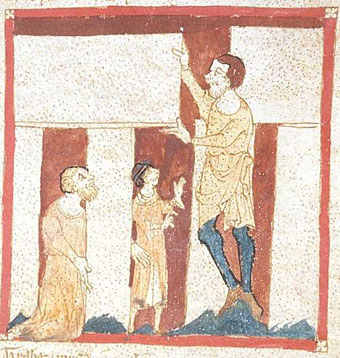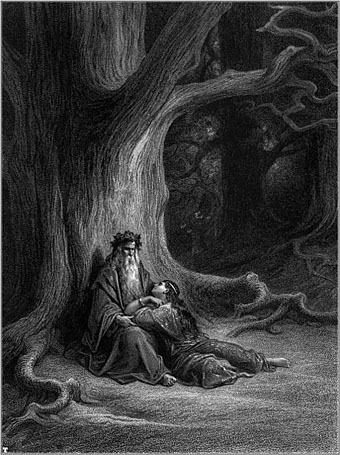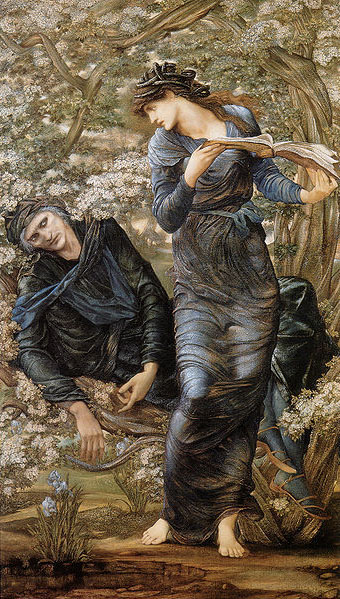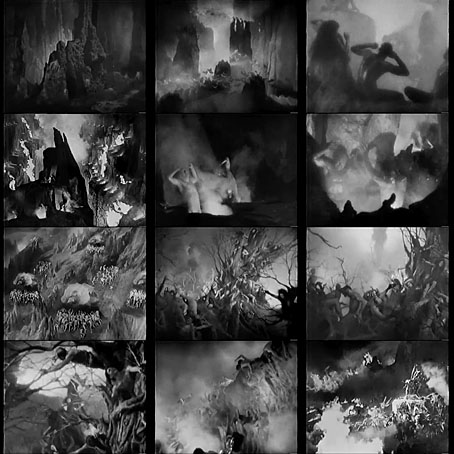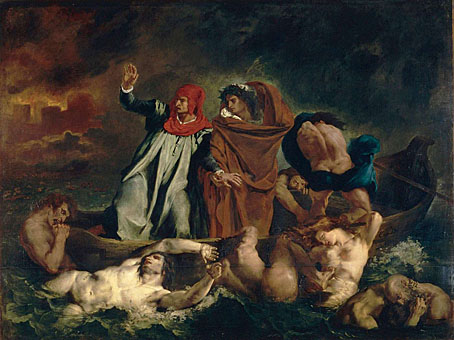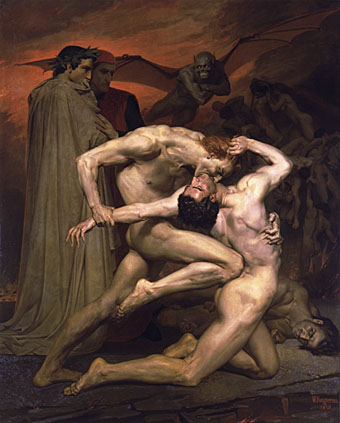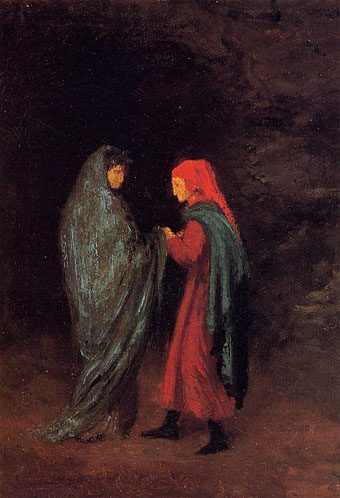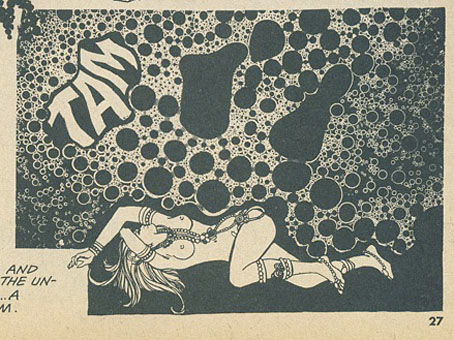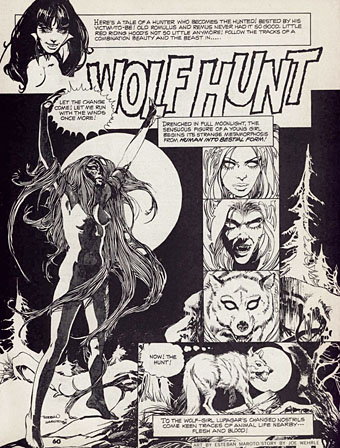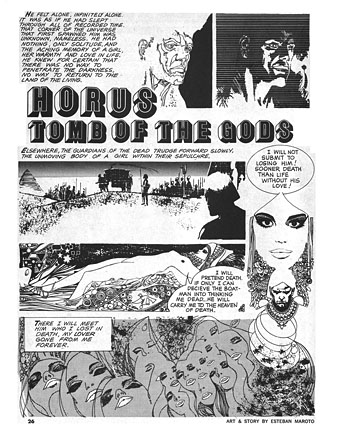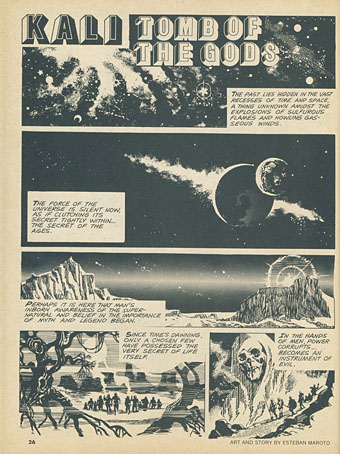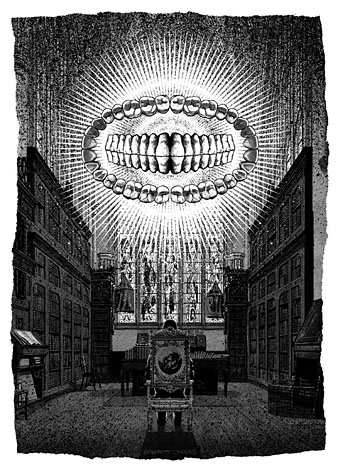
Berenice.
Narraciones extraordinarias was the first commission that arrived from Spanish publisher Editorial Alma earlier this year but it’s the second one to be revealed here. (Copies of the pictures at a larger size may be seen on the main website.) I confess I was rather dismayed when the request came through for this. I was pleased to have the opportunity to illustrate so many stories but Edgar Allan Poe is a tough brief when Harry Clarke has already created the definitive set of illustrations. The challenge, then, became one of trying to successfully illustrate the stories without repeating anything by Clarke or the many other illustrators who’ve tackled Poe, not least my favourite collagist, Wilfried Sätty.
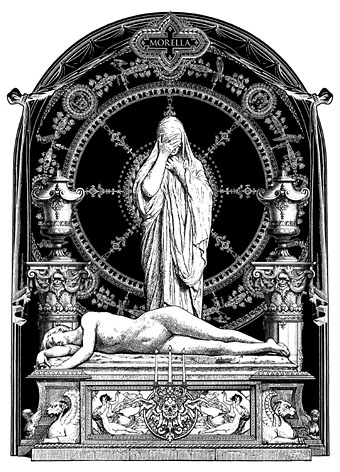
Morella.
One advantage of the collection was the inclusion of several pieces that you seldom find in the common English reprints of Poe, stories such as A Tale of the Ragged Mountains. The style is Sätty-esque, of course, although less surreal in approach thanks to the flexibility of digital tools. I’ve been developing this engraving collage style over the past year or so to create a hybrid that blends drawn and collaged material into a seamless whole. When this works, as with The Man in the Crowd (below), you shouldn’t be able to easily tell which elements are drawn and which collaged. (And more importantly, it shouldn’t really matter.) This technique has been developed further in the most recent work I’ve done for Editorial Alma but you’ll have to wait a while to see the results.
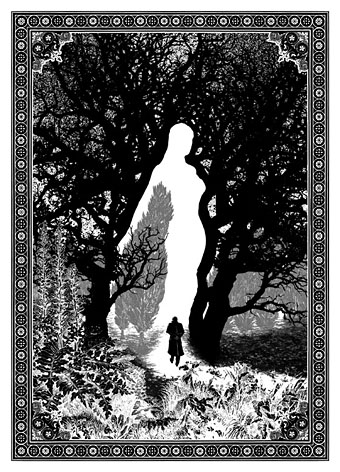
Ligeia.
Despite my initial misgivings, this job worked out better than I expected, not least because the deadline was so tight. Several of these pictures were created in a day, a work-rate common to many comic artists but not one that I’m used to (or happy with) at all. I’m still unhappy with MS. Found in a Bottle which lazily swiped a chunk of a Gustave Doré illustration; if I’d had the time I would have changed it, and if this series of pictures is ever reprinted that’s one I’ll be reworking.
As before, this is a Spanish-language hardback, and the only purchase link I have is an Amazon one. My next contribution to this series should be out early next year.
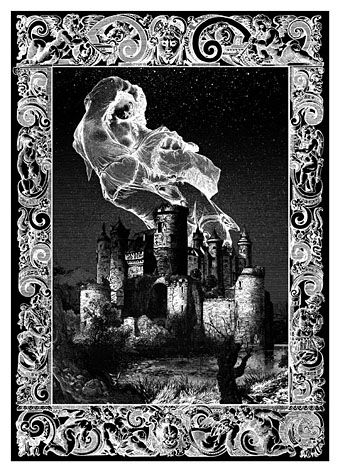
The Fall of the House of Usher.
Continue reading “Narraciones extraordinarias by Edgar Allan Poe”

